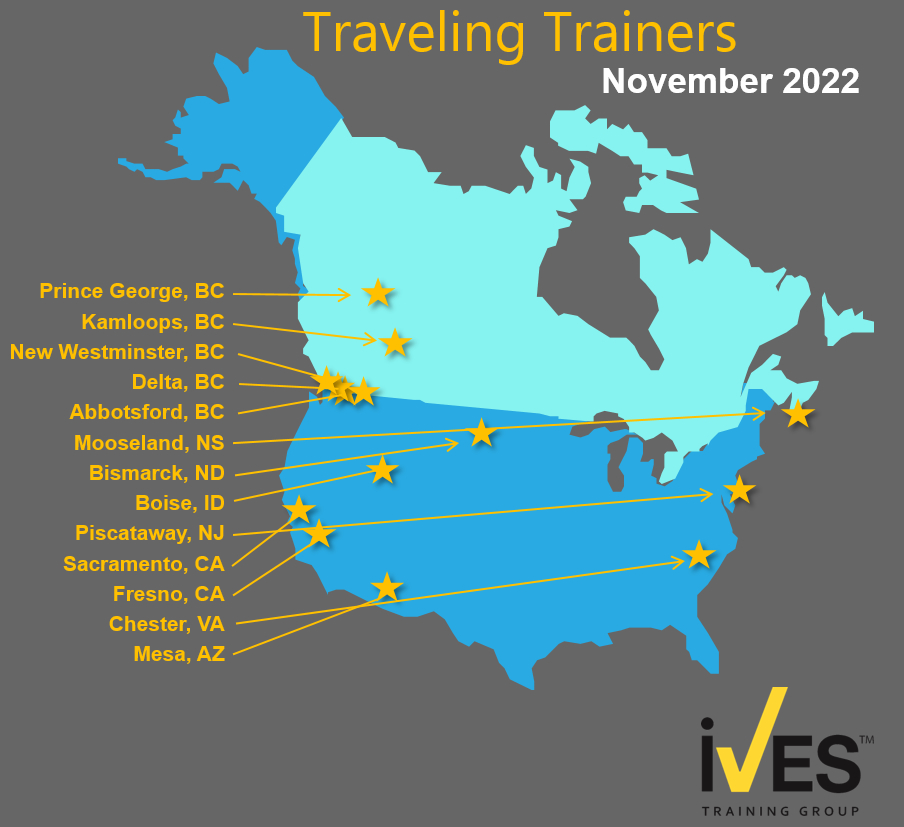
Each January, as we look to the year ahead and all it
might offer, millions of Americans purchase gym memberships for
themselves or a friend or family member hoping that “this is the year”
they will finally get in shape.
Gyms know this and cleverly exploit our collective predictability.
Toward the end of the year prior and throughout
January, gyms and fitness studios go all out to sell consumers steep
discounts on memberships if they just agree to purchase a full year in
advance.
But while many see this as the motivation they need
finally to begin the “road to their best self,” the fitness industry
knows something most never consider.
The majority of New Year’s resolutions fail.
In fact, the numbers are quite startling.
Research shows that
95 percent of New Year’s resolutions are fitness related, but after
just three months, only 10 percent of people believe their resolution
will last.
Even worse, 43 percent of resolutioners expect to give up their goal after just one month.
Gyms count on this.
Even a 50 percent discount on a full-year membership
nets a 600 percent return on customers who stop going after one month
and 300 percent from those who quit after two months.
The gym’s money still doubles by the time everyone else quits in March.
The few folks who take advantage of their discounted year have virtually no impact in the end.
Safety Resolutions and Why They Matter
June was National Safety Month across the United
States, and thousands of companies took advantage of the opportunity to
market their safe work environment or implement new safety initiatives.
Unfortunately, much like New Year’s resolutions, once
the appeal and marketability of a safety-themed month wear off and July
rolls around, many companies move on to whatever the next advantageous
initiative might be.
But safety is year-round.
When it comes to safety, lives and livelihoods are at
stake. Approaching safety like you approach other aspects of your
business is a recipe for failure and possibly disaster.
The beauty of safety is the self-reinforcing nature of
its importance—without adequate safety measures, you will suffer
financial and reputational setbacks that impact the success of the
actual goods or services you provide.
And with recent data showing that nearly three out of
every 100 workers get injured on the job, the almost certain cost of
poor safety threatens the survival of a small business and quickly
balloons into millions for larger companies.
So, what gives? If ineffective safety measures cost so much, why isn’t improving safety a higher priority for companies?
Safety Is a State of Mind
Everyone agrees safety should be a priority, but not all businesses put their money where their mouths are.
Further, safety costs are factored in as understandable and predictable business expenses.
Things happen, right?
The problem with this approach is that resolving to
“promote a safer work environment” is not the same as committing to
expand service offerings, boost compensation or discount prices for
consumers.
And while they all might be worthwhile initiatives,
service offerings, employee salaries and pricing strategy in no way
directly cause hurt, injury or loss.
Safety is different.
If you can accept that workplace safety isn’t just
another internal or external marketing opportunity, then it isn’t a huge
leap to understand that improving safety necessarily requires a
different approach.
Safety is 24/7.
Poor safety poses risks to all employees all the time.
Unsafe behaviors can result in significant individual
or corporate financial losses, temporary or permanent disabilities, and
even death.
The only other element of life that fits into a similar category is breathing.
And for nearly everyone, this has been automatic since birth. “I’m alive today, so I breathe.”
Simple as that.
So how do we translate sound workplace safety
practices from something managers preach but rarely change into a
subconscious state of mind as automatic as, “I’m at work, so I will be
safe?”
Safety must be woven into every aspect of a job or workplace.
It must be synonymous with any measure of success, one not possible without the other.
Safe practices must be upheld by individual workers as well as their colleagues and supervisors.
Eventually, it must become second nature—an unspoken primary priority, a state of mind.
Repetition, Reinforcement and Accountability—Success Depends on Culture
Let’s revisit our gym membership example briefly.
You’ve just signed up for a new membership at ABC
Fitness down the street, taking advantage of 50 percent off a full year
for first-time memberships as part of a New Year’s flash sale.
You’ve always wanted to get in shape, but work and home life were always in the way.
Now, however, the kids are out of the house—off to college and starting new careers—and you are determined to get in shape.
Things start out great.
You’re going to the gym three times a week and even
purchase five personal training sessions for the price of three—another
New Year’s sale.
You decide you’ll become an early morning gymgoer.
You’d like the time to yourself since you’re an
exercise novice and want to spare yourself the judgment of more regular
gym rats.
On a more positive note, you hope to start a new healthy, productive morning routine.
Unfortunately, during the month of January, you use up
your personal training days and opt to try and incorporate what you’ve
learned on your own instead of continuing with your trainer at the more
expensive full price.
Further, mornings have just become too hard, so by February you’ve fallen into the “I’ll just go when I can mentality.”
Unfortunately yet again, whether it is fatigue from
work, avoiding crowds at peak hours, or the loss of motivation now that
you’ve forgotten most of what your trainer taught you, you’ve become
inconsistent and any progress you made has now stalled.
You’re back at square one.
We could do an audit of all the things that went wrong
in this common example thousands of Americans experience each year, but
there is one central theme.
At no point in your hypothetical gym journey did you receive help or encouragement that wasn’t for sale.
At no point did you find comradery or a similar group
of people, just starting out, that could encourage you or act as
accountability partners.
If anything, you were intimidated to walk through the
doors and feel even worse about yourself surrounded by what you thought
of as “hardcore” gymgoers.
At no point was training fun.
In layman’s terms, we call what you were missing culture.
If you’ve looked at billboards, online advertisements, or your junk mail recently, you’ll notice a pattern.
From various forms of group-based high intensity interval training
(HIIT) to cycling to yoga, and everything in between, the group fitness
trend is taking off in America.
But despite what they might have you believe, these companies’
primary selling point isn’t fitness. It’s culture—the opportunity to
share a healthy experience with like-minded individuals.
A Culture of Safety
The appeal of a discounted New Year’s gym membership
isn’t as different as the draw of annually marketing new safety
initiatives both to employees and external stakeholders or consumers as
you might think.
Unfortunately, the proven, fading commitments to each goal aren’t very distant relatives either.
Without repetition, reinforcement or accountability, you eventually stop going to the gym.
Without repetition, reinforcement or accountability,
you also let new workplace safety protocols fall by the wayside in favor
of old habits or convenience.
The consequences of the first aren’t great.
The consequences of the latter could be devastating.
To create a culture where one doesn’t exist requires changing habits at a foundational level.
It requires quite literally altering what individuals already consider second nature, their natural tendencies.
And to accomplish this is no small task.
So, naturally, we must ask ourselves, how do we change existing habits or create new ones?
How do we consistently motivate safe attitudes and behaviors?
Motivation.
For as long as mankind has been on this earth, motives
have been central to actions and transactions, performance and
habit-forming.
In other words, to change a bad thing into a good thing or fundamentally shift any behavior, everyone needs a reason.
History has also proven that words alone tend to be ineffective.
If we put traditional compensation aside for a moment,
imagine a world where your colleagues are incentivized to keep you
safe, as you are them, through the promise of some sort of reward.
You also get rewarded for knowing safety procedures inside and out, while mastering new ones quickly.
You are encouraged to observe aspects of your job that could be made safer and then encouraged again to propose changes.
You are incentivized to achieve an excellent safety record year after year, and doing so is a point of pride among your peers.
This world exists, and it usually centers around peer
recognition and noncash rewards that translate into a variety of perks
or items available for exchange.
The key is getting rewarded at every point where safety is relevant, every opportunity to incorporate safety into the workplace.
You see a colleague breaking protocol and help him improve—reward.
You ace the monthly safety quiz—reward.
You earn top marks for your yearly safety record—big reward.
By Christmas, you’re bringing home gifts you’ve traded
in your workplace rewards for, and your family’s gratitude centers
around your workplace safety.
A cycle is established.
Making Safety Automatic
If you’ve made it this far, you can see by now that
safety stands alone as a workplace priority, and creating a culture of
safety is the key to achieving success.
Of course, through effective workplace safety
practices, millions of dollars can be saved, in addition to thousands of
jobs and livelihoods, but a little investment now also could last you
forever.
If you succeed in overhauling how you look at safety
and incorporate safe practices, your new culture will continually
reinforce itself, while the importance of safety and adherence to
protocols become a part of your workforce’s collective subconscious.
As humans, we practice self-preservation without
thinking about it every single day (typically, most of us non-thrill
seekers don’t jump out of planes with no parachute or play with venomous
snakes)—we slowly perfect safe habits in our personal lives over time.
So, why should work be any different?


 A roofing contractor is being fined nearly $300,000 USD after
federal officials said the company exposed its workers to deadly fall
hazards at job sites in the Chicago area, including Lake County.
A roofing contractor is being fined nearly $300,000 USD after
federal officials said the company exposed its workers to deadly fall
hazards at job sites in the Chicago area, including Lake County. Question:
Question:
 "I have enjoyed all the IVES training Programs I have taken. The
trainers are very knowledgeable and easy to talk to. I like that I can
get company-specific questions answered/discussed." Katelyn, MEWP Train the Trainer Program.
"I have enjoyed all the IVES training Programs I have taken. The
trainers are very knowledgeable and easy to talk to. I like that I can
get company-specific questions answered/discussed." Katelyn, MEWP Train the Trainer Program.